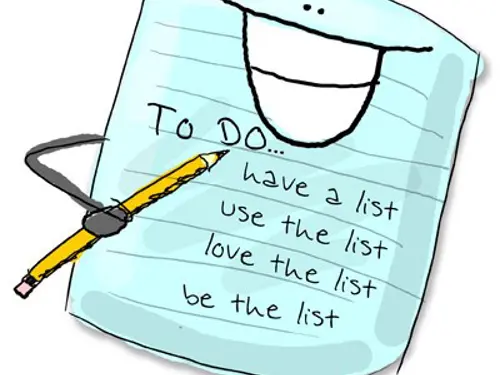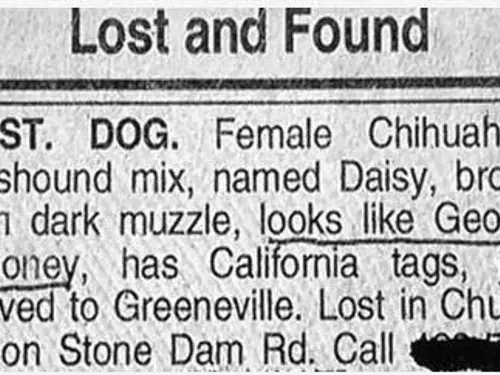
Working in Norway
Quick Tips for Cover Letter Writing
You know how you hang onto something you’ve had for ages because it works as well for you now as it ever did? Say a stereo (you know, that has a turntable and plays albums) or a thermometer (the kind you put under your tongue to take your temperature).
The low-tech things in life. Even when a lot more modern replacements come along, you just keep using them over and over again.
Thought of low-tech solutions today as have been editing yet another job-seeker’s cover letter. One that’s long on sentences but short on sense.
This is a common problem in these letters – their writers have a lot of skills yet little experience at presenting them in a clear way that someone can understand when reading them for the first time (which is, by the way, the ultimate sign of good writing – you should be able to understand somebody’s writing the first time around, without having to reread any of it).
So about low-tech help: When I get this type of letter in front of me, I reach for an outline (a printout) I’ve used for years to help me edit my clients’ writing.
Although I’d like to, I can’t claim it as my own, as it’s a handout I got years ago when attending a business writing course. After that evening, I tried it out on my next editing gig, and have been using it – with a few of my own edits – ever since.
Why does this simple outline work so well for me? Because its set-up helps me quickly simplify and structure people’s writing. And this is something all readers appreciate, especially hiring managers looking through x number of these letters when trying to pick out the right applicants to call in for an interview.
So here it is in all its basic glory.
I swear by it – and maybe it can help you, too?
Have a look/Make a printout:
Dear Sir/Madam [use this only if you don’t have a specific person to write to],
First paragraph:
State the position for which you are applying. Explain where you found the job posting and thank them for an informative phone call if suitable.
Second paragraph:
Tell why you want the job, explaining why it would be suitable for you. Try to explain how your experience and knowledge will contribute to the organization’s growth and success.
Third paragraph:
Summarize your strengths and any particular qualifications or experience that would be considered relevant for the job.
Fourth paragraph
Include the most relevant aspects of your career that apply to the job. Use examples to show relevance.
[Don’t feel badly if you have to skip this part because you’re a new graduate, etc., and haven’t had a “career” yet.]
Fifth paragraph
End the letter with a courteous greeting where you look forward to meeting them for an interview.
[For example:] “I want to thank you for considering my application and look forward to meeting you for an interview.”
Best regards,



